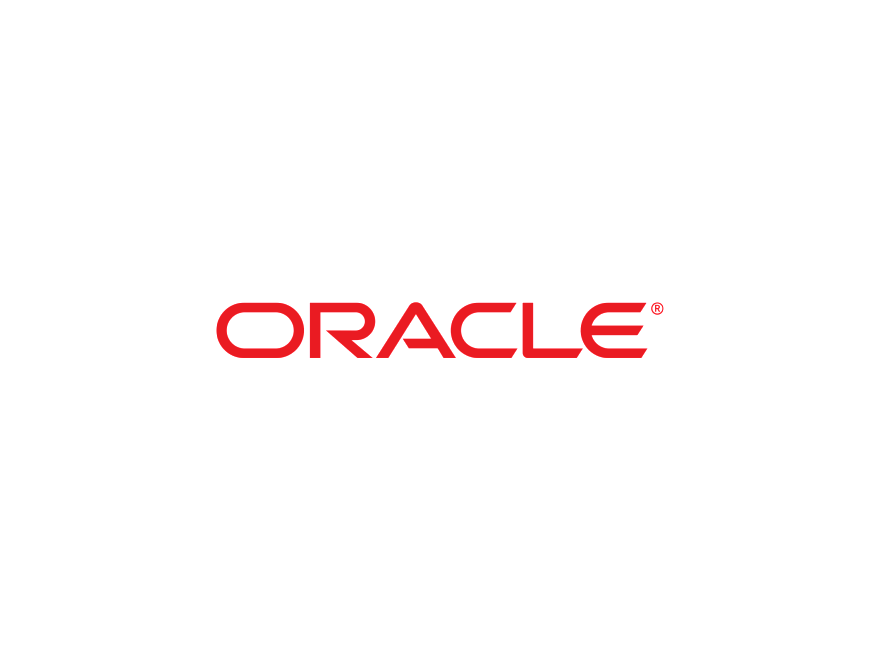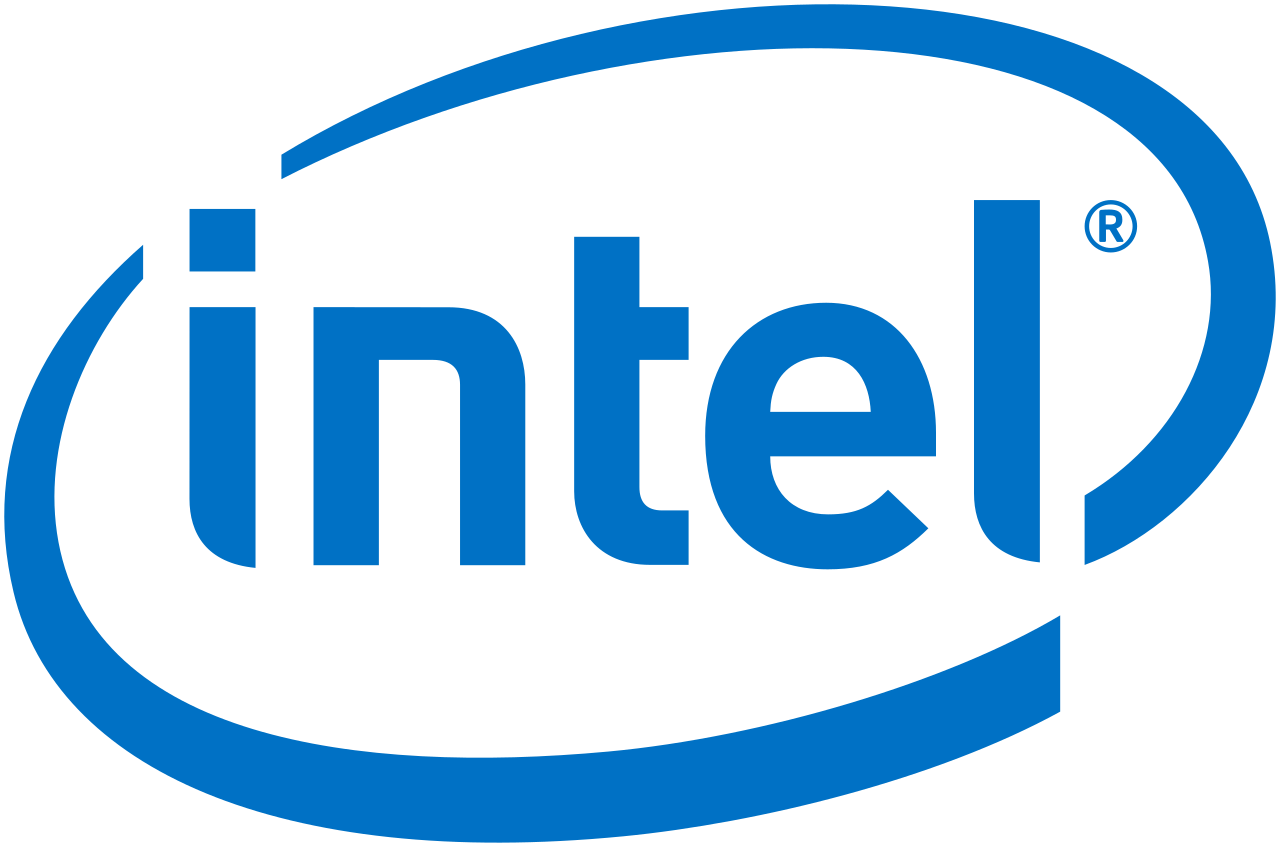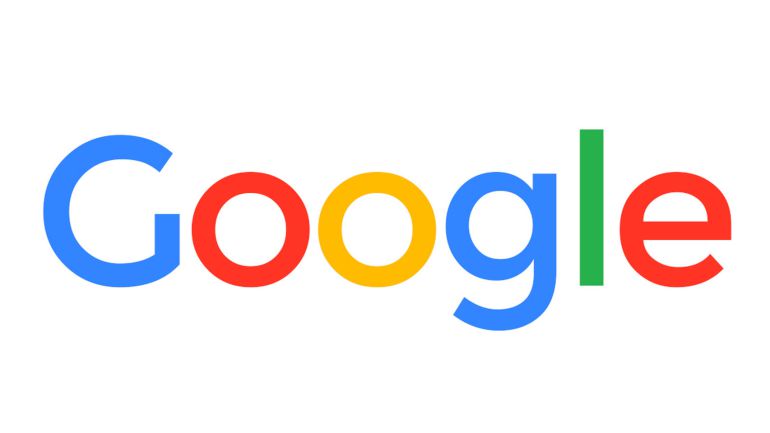Cisco demonstrate a strong push for women in tech as they used to have a network called ‘women’s action network’ that has evolved into Cisco global women organisation with thousands of members. To establish this organisation and accomplish that goal, they worked with their office of inclusion and collaboration to organise and hold an annual women of impact conference. They have expected 15,000 employees, customers and partners to attend the conference this year across 100 locations. At the conference, they talk about challenges that women face in the workplace, new campaigns and support one another to achieving diversity in tech and making a change.
Cisco also have several employee resource groups, some of which include; Cisco Asian affinity network, Cisco black employee network, Cisco disability awareness network and middle east diversity inclusion. They also formed a global inclusion and diversity council in 2007 to integrate inclusion and diversity into business processes. The council develops the inclusion and diversity vision and strategy plan, advocates policies that support an inclusive environment and they also implement metrics to measure the impact of inclusion and diversity initiatives.
Microsoft is involved in varied programs when it comes to achieving diversity in tech which aim to attract, recruit, retain and develop women from around the world in the technology field. They believe that a having a more diverse team creates greater opportunity for more diverse approaches, questions and ideas. Microsoft have a strong push for women in tech as they start the pipeline early by promoting the study of computer science at female colleges and other universities. To further their push, they also invest in women focused organisations, seek out women suppliers and provide support to women once they are employed at Microsoft.
Microsoft build a culture where every employee feels valued and has the opportunity to grow and feel empowered. However, to activate this culture, Microsoft ensure that they have challenged their employees to embrace big and small changes. Changes such as redefining their performance and development approach, putting in place every day acts such as not interrupting each other and ensuring that every employee knows that they are part of the change they are trying to achieve, show just how much Microsoft promote cultural empathy. This also includes the senior leadership team who must model the culture and progress on diversity and inclusion within their respective organisations.
Facebook have several groups that support diversity within their company such as, women, black, differently abled, veterans, pride, interfaith and native. These community groups learn from and support each other within the company as well as help Facebook connect and engage when it comes to recruiting. Each group provides Facebook with a critical perspective on issues the community is facing, and this reflects how Facebook creates an inclusive environment where people from all backgrounds can thrive and succeed.
Another way Facebook are achieving diversity in tech is by implementing methods to work with organisations that support people of colour and women. By expanding the diverse approach, this ensures that recruiters present qualified candidates to hiring managers to fill the roles. This allows Facebook to identify more diverse candidates during the interview process and as a result, increase their hiring rates for underrepresented people and women.
Hewlett Packard cultivates a diverse environment by having several initiatives which show their commitment to diversity and inclusion. Some of the initiatives include having employee groups that scan the globe and represent nine constituencies – Black/African-American, disability, generations, Hispanic/Latino, LGBT, multicultural, Asian, veterans and women. HP also invest in growing their future talent pipeline in STEM whilst their leaders, managers and employees are improving their skills to drive a growth mindset.
HP operates with a human rights and labour policy to ensure there’s fair treatment in the working environment, they were also the first company to start an employee resource group for LGBT employees. From early, HP recognised that drawing from diverse points of view, improves their products and services and the company as a whole. Their innovation comes from the collaboration of team members perspectives, knowledge and experiences and have been awarded one of the best places to work for LGBT equality by Human Rights Campaign.
Apple is a multi-generational company and are achieving diversity in tech by having unique and diverse employees from ages 18-85. As they grow, they ensure that their employees under 30 reflect a diverse workforce. From 2016-2017, half of Apples new hires were from underrepresented groups in tech. Their female representation is steadily increasing, 29 percent of their leaders are women and the percentage of leaders under 30 who are women has increased by 3 percent, so as a result, their future generation of leaders will include a greater percent of women.
Apple is also teaming up with educators for blind and deaf communities to bring accessible coding to their schools to ensure they are given the opportunity to succeed in the tech industry. Coding is Apples most powerful and intuitive programming languages, and by teaming up with educators, they are living up to their mission of ‘making products as accessible as possible’. They believe all students should be given the chance to learn how to code and hope to team up with more schools around the world serving students with disabilities.
Amazon has several groups that enable them to achieving diversity in tech and are committed to making Amazon a stronger company by building a community that supports and recruits’ employees from all different backgrounds and ethnicity including Latinos, blacks, Asians, LGBT, women and people with disabilities. They also encourage STEM talent, future engineers and girls who code to ensure everyone has an opportunity to succeed in a career in tech. In January 2018, Amazon hosted a conference between a few Amazonians to explore how race affects daily lives called ‘Conversations on Race and Ethnicity’. After strong feedback from all attendees, Amazon made the conference an annual event where all experts and their colleagues can converse on how to build an even more inclusive workplace.
As well as having a group that attracts, retains and develops talented women in tech roles, Amazon also have focused groups on women in finance and women in engineering. These groups provide training, career development, improving the recruitment for new candidates and host events. Amazon also engages in community outreach to increase the number of girls and young women in STEM fields.
One of IBMs strategies to achieving diversity in tech, is to create the social infrastructure to give women and underrepresented groups the opportunity they need to reach their potential. Since 1999, IBM has organised and run a technology camp staffed by women volunteers at IBM with professionals from technology backgrounds. They partner with Girls Who Code whose mission is to close the gender gap and IBM recruit girls from ages 12 to 18 for after school clubs and summer programmes to learn coding and become familiar with the opportunities there are for women in tech.
IBM have created a programme – Executive Potential & Extraordinary Leadership Identification (EPELI) where managers can identify IBMers that are below executive levels who are displaying unexpected leadership skills and can offer them development. Another programme that IBM offer is the Building Relationships and Influence Leadership Programme for women with executive potential. The programme is for 3 days and consists of face to face sessions and speakers that have progressed into executive roles who have attended the programme. This allows for the attendees to increase their potential and learn skills from previous women. IBM is a strong believer in women in technology and provide programmes for women in their mid-careers the chance to have a sponsor or coach to prepare them for the next milestone in their careers.

Oracle has several groups that help them with achieving diversity in tech and to develop and progress their skills. These groups cover employees who are from military backgrounds, African American, Latino, Asian and pride employees. They have a strong commitment towards women in tech and have their female employees share their stories of empowerment in the workplace in their group Oracle Women Leadership. Oracle also has an academy and education foundation that gives attention to students who are underrepresented in STEM studies and careers, including girls and students of colour.

Intel is dedicated to increasing the representation of women and underrepresented minorities. They were listed on DiversityMBAs 50 best places for women and diverse managers to work. This award recognises the companies that are working towards achieving diversity in tech by increasing women and colour in leadership positions. Their female representation is increasing and currently sits at 26.5% and is a key driver in their overall progress. Women and Hispanic groups exceeded the overall population growth in leadership positions which are promising signs for Intel’s progression goals.

Google seek to embrace diversity and create a working environment where employees can thrive. They are constantly renewing their focus on the development, progression and retention of googles culture to ensure it is inclusive for everyone. Google currently sponsor more than 20 employee resource groups with 250 chapters across 99 offices and 46 countries. These groups are led by employee volunteers who demonstrate their workforce engagement around diversity and inclusion. Some of the groups that are led by Google employees support people with disabilities, people from the army, LGBT and employees who are of the older generation.